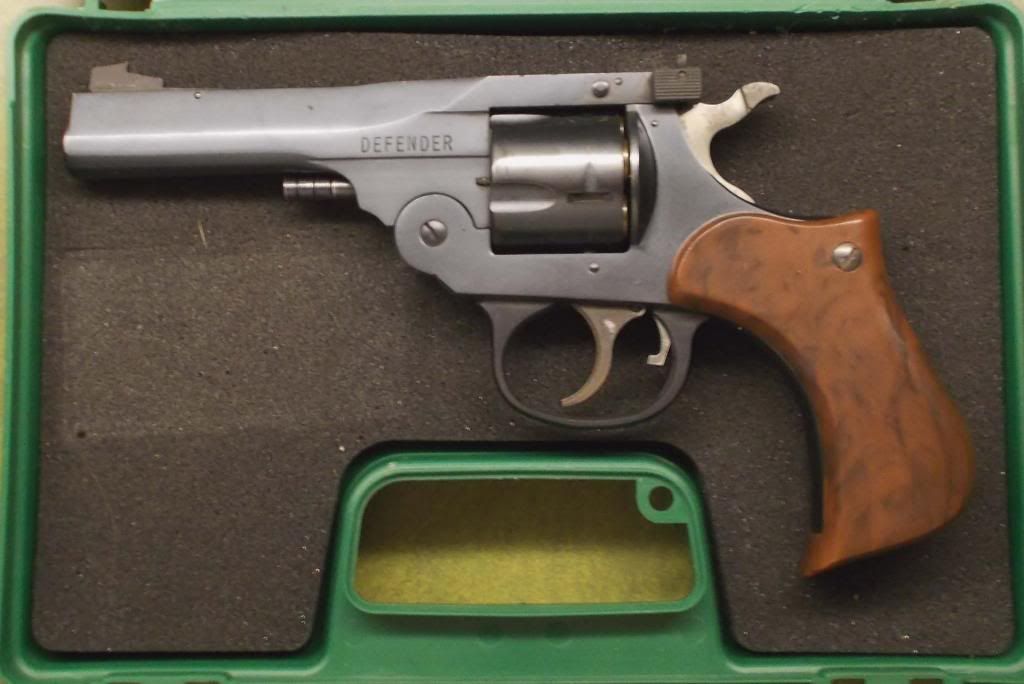Rhetorician
Well-known member
Hello all:
I have just recently been enamored with the old "top break" type of revolvers. I was wondering if some of you really knowledgeable people could help me?
1. What to look for?
2. What brand to consider (just like I did not know what you would recommend? ).
).
3. What goods to consider?
4. What bads to consider?
5. Any other information needs to be considered?
6. What not to look for?
There seems to be a lot of H & Rs out there but they are all to pieces.
Any information given will be helpful. I don't mind buying a weapon that is worn but I really do not want to buy a "dog" that will not be worth my time and effort. I would like to have a decent shooter.
Feedback and responses greatly appreciated.
My two cents worth!
I have just recently been enamored with the old "top break" type of revolvers. I was wondering if some of you really knowledgeable people could help me?
1. What to look for?
2. What brand to consider (just like I did not know what you would recommend?
3. What goods to consider?
4. What bads to consider?
5. Any other information needs to be considered?
6. What not to look for?
There seems to be a lot of H & Rs out there but they are all to pieces.
Any information given will be helpful. I don't mind buying a weapon that is worn but I really do not want to buy a "dog" that will not be worth my time and effort. I would like to have a decent shooter.
Feedback and responses greatly appreciated.
My two cents worth!
Last edited:


